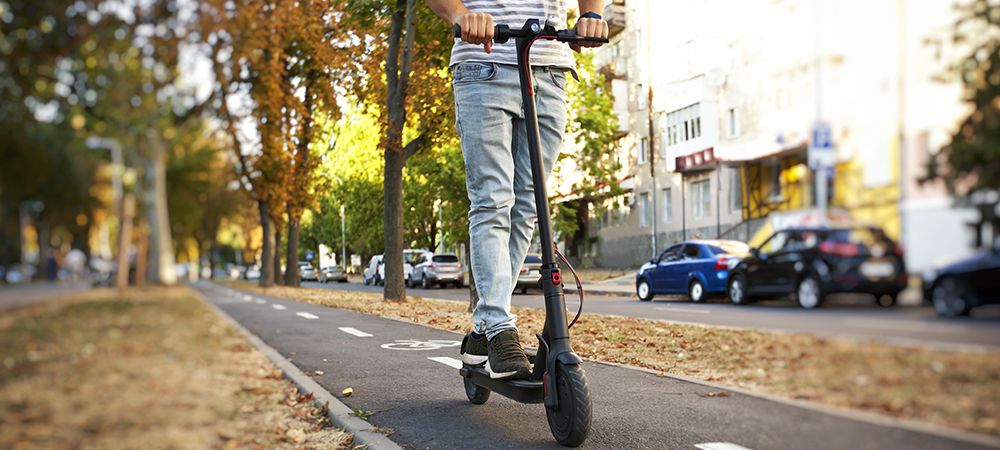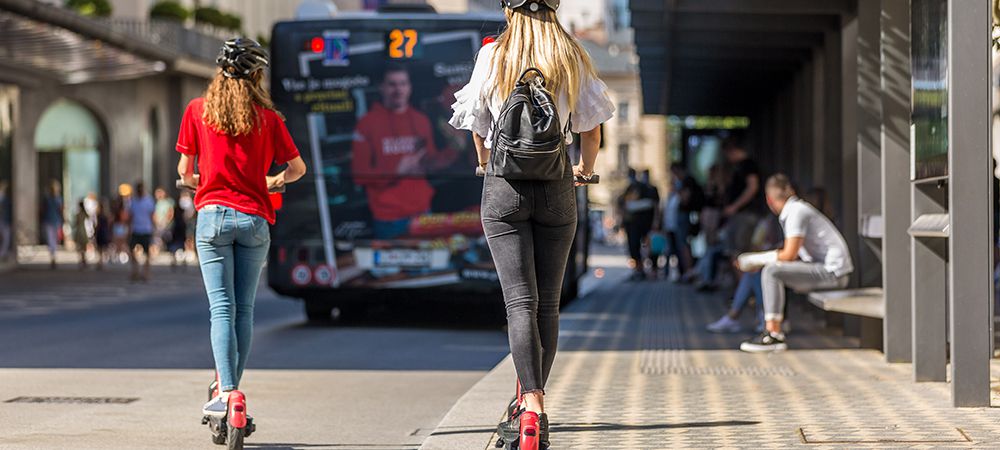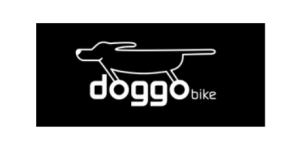Traffic is a universal problem in cities across the world. Whether you live in Toronto or New York, having to deal with traffic can be incredibly frustrating. At times, the level of traffic can send your stress levels sky-high.
Traffic is one of the biggest downsides to living in a big city. But, it doesn’t have to be that way. Thanks to technology, there are different methods of getting around a city. Therefore, it’s possible to harness these transportation options as improvements to the traffic situation in a huge city like Toronto.
Here we’ll explore better transportation alternatives and how they can benefit you.
Best Ways to Improve Your Transportation Options
Instead of driving across to the city to all your engagements, try these options:
Walking
With how hectic the traffic situation is in Toronto, it seems we’ve forgotten about the lost art of walking. If you live downtown, then it’s likely most places are going to be within walking distance.
Walking is a different way to take in the beauty of your city and get some fresh air while you’re at it. Cities such as Oslo have even gone car-free in their city centers.
While walking is one of the transportation improvements to try in your city, it’s not without its benefits. Not only does it dramatically improve air quality, but it’s much safer too.
You can lobby your local government to have more pedestrianized areas. The lack of cars also allows the city center to be a much more vibrant place. If your destination is within a couple of miles, then it makes a lot of sense to walk there.
It can take more time, but you may well find that exercise lifts your mood. Plus, it gives you the option to chase other hobbies. You can listen to a new audiobook, your favourite podcast, or take in a new album while walking.
Bus

There is no doubt that hopping on a bus can be a great way to travel around. Its ability to take a high volume of passengers at a low cost offers more appeal. For many users, it negates the need to buy a car.
The problem with buses doesn’t come from what they can do. In many cities across Canada, we see buses without the highest cleanliness levels, limited in their number of destinations, and not running often enough. It’s all down to poor management.
For many cities, a simple improvement in the service will see a larger uptake in passenger numbers. If 50 people are on a bus, then that is 50 people not needing to drive a car, which vastly reduces emissions.
The future of bus travel may well be in self-driving technology. With recent headway in self-driving tech, we can expect to see automated buses that provide a quicker and more efficient service in the future.
Subway or Tram
Some cities are huge and travelling from one side to the other can take a long time, even by car. For these places, it can be tempting to hop in your vehicle and accept the traffic situation. The best solution for this situation is either by having a subway underground or a tram overground.
Both are perfect ways to dissect a city and allow rapid travel between two places. Many cities in the world have a perfect example of this.
The metro system in Paris, France, has an incredible 245 stations, and it’ll get you close to almost any destination in the city. Not only do they have a great subway, but the tram system is fantastic too. It makes getting around the city without a car exceptionally easy.
Because of this infrastructure, Paris is moving to ban cars from driving through its city center. The city officials are looking to make the ‘City of Love’ even more beautiful and romantic.
Biking
The benefits of biking are well-known and obvious. The problem is, there is minimal infrastructure for them in most Canadian cities. Old streets have a design for horse-drawn carriages, which the city modernized to accommodate vehicles, with room for little else.
It has led to many cyclists having to ride on busy roads or the pavement between pedestrians. But cities across the globe are starting to design cycle lanes that make biking much more appealing. And we must not be left behind in Canada.
You can even petition your city to adopt a bike-share program which makes travelling incredibly easy. In Hangzhou, China, they have nearly 3,000 stations throughout the city for their public bike system. That level of accessibility is phenomenal.
While not quite to the same extent, many other cities in North America are following suit, with Toronto and New York perhaps being the best examples. More bikes mean less pollution and a happier city.
Electric Scooter and Electric Bikes

For many people, there are two main obstacles to walking and biking. The first is that it takes too much time, and the second is that biking or walking requires plenty of effort. Electric scooters and electric bikes solve both of those issues by rapidly getting you to your destination with minimum effort.
E-bikes are fast becoming one of the top transportation improvements to try. They make travelling to your destination in a big city easier than ever.
A recent report shows that the average speed of a car through midtown Manhattan was 4.7 mph (due to traffic). With affordable e-bikes reaching speeds above 30mph, they are certainly the best way to beat traffic in your city. They’ll be faster and are much less stressful.
That’s not even taking into consideration the other advantages of electric travel. These modes of transport will get you right to your destination without the need to park and walk the rest of the way. Without the need for fuel, buying e-bikes in Canada is more affordable in the long run.
You can even fold e-scooters and take them right to your work desk. If cities start to focus on these forms of travel, they can expect to enjoy a dramatic reduction in traffic levels and pollution.
Cars
We’ve spent a lot of time exploring cars and their downsides, so why are we even mentioning it? The truth is cars aren’t going away anytime soon. We still need to highlight ways to use them better and more efficiently.
As with buses, the future here may be autonomous vehicles, and pilot programs are taking place. We can see a time when people effectively have a personal tram system — where they get in, relax, and it takes them straight to their destination. With automated systems, travel will be quicker and with fewer accidents.
Transportation improvements to try in your city with cars include car sharing and carpooling. These methods make the most of a vehicle that is stationary most of the time.
We’ve also seen more incentives for smaller cars with greater efficiency and electric vehicles. With increased adoption, residents in major cities can enjoy added accessibility and cleaner air quality.
Related Article: The Best Electric Bike Selections for the Toronto Lifestyle
Combatting Traffic: Infrastructure Improvements to Try
In the previous section, we discuss how transportation methods can improve a city. But now, we’ll see how outside-the-box thinking can help too.
Business Daycare
For millions of adults worldwide, their day starts by driving their children to daycare and then driving to work. The driving routine adds mileage and increases traffic congestion. If more businesses offer daycare, then workers can avoid making two trips and just have one destination.
Showers and Lockers
Cycling is great, but it can be sweaty, and if you work in an office, that isn’t ideal. You may also encounter bad weather and need to dry off. A great improvement is for a business to offer showers that’ll encourage more people to cycle — equally, providing safe storage options for bikes and scooters is crucial.
Working from Home
If there is one positive from the horror of coronavirus, it’s that many businesses have seen the benefit of home working. If remote work continues, there will be fewer accidents and lower pollution.
While some companies can’t provide this, many others can, and the benefits are easy to see. Reduced mobility will always equal less traffic and transportation problems.
Flexible Work Schedules
“9-5, what a way to make a living,” Dolly Parton famously sang. Those hours have created rush hour and many traffic jams. While those hours are convenient for many, a lot of workers will appreciate something more flexible. Flexible work times will spread traffic more evenly throughout the day and reduce congestion.
Pedestrianized Streets
City centers are much nicer after they’ve been changed to pedestrian areas. We’ve seen many great examples of this, such as Lincoln Road in Miami Beach and the Distillery District in Toronto. When you combine this with great public transportation and bike lanes, then you get a perfect solution.
Park-and-pedal
If you live in the suburbs, it’s unlikely that public transport is your quickest option. It’s common for those working in the city center that the first 95% of their journey is easy, then in the last 5%, they encounter horrible traffic. A solution can be park-and-pedal spots where commuters can cycle or scoot for the last couple of miles.
Improve Cycling Networks
Scooter riders and cyclists should always feel comfortable and safe. With the rise of personal electric transport, cities should be seriously investing in better networks such as pedestrian bridges, protected bike lanes, and bike highways.
Related Article: A Growing Interest in Electric Kick Scooters
Final Thoughts
There are many reasons a city should look at multiple methods of transportation. It allows people to have more choice and cuts down the reliance on cars. Cars not only create huge traffic jams but pollute the air and are incredibly noisy.
Above, we have been able to highlight different transportation improvements that a city can try. You can start doing some yourself today and lobby your local leaders for greater action. Hopefully, we see more cities adopting current and future technologies to serve their residents better.




















